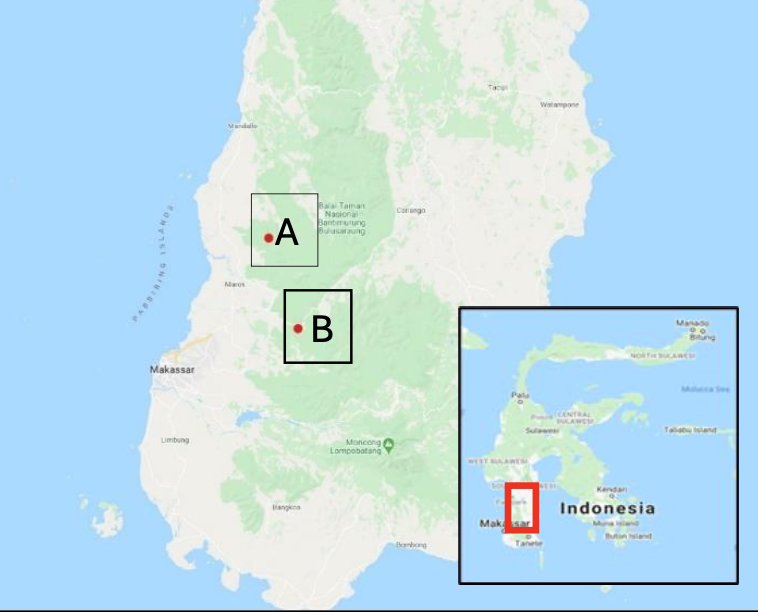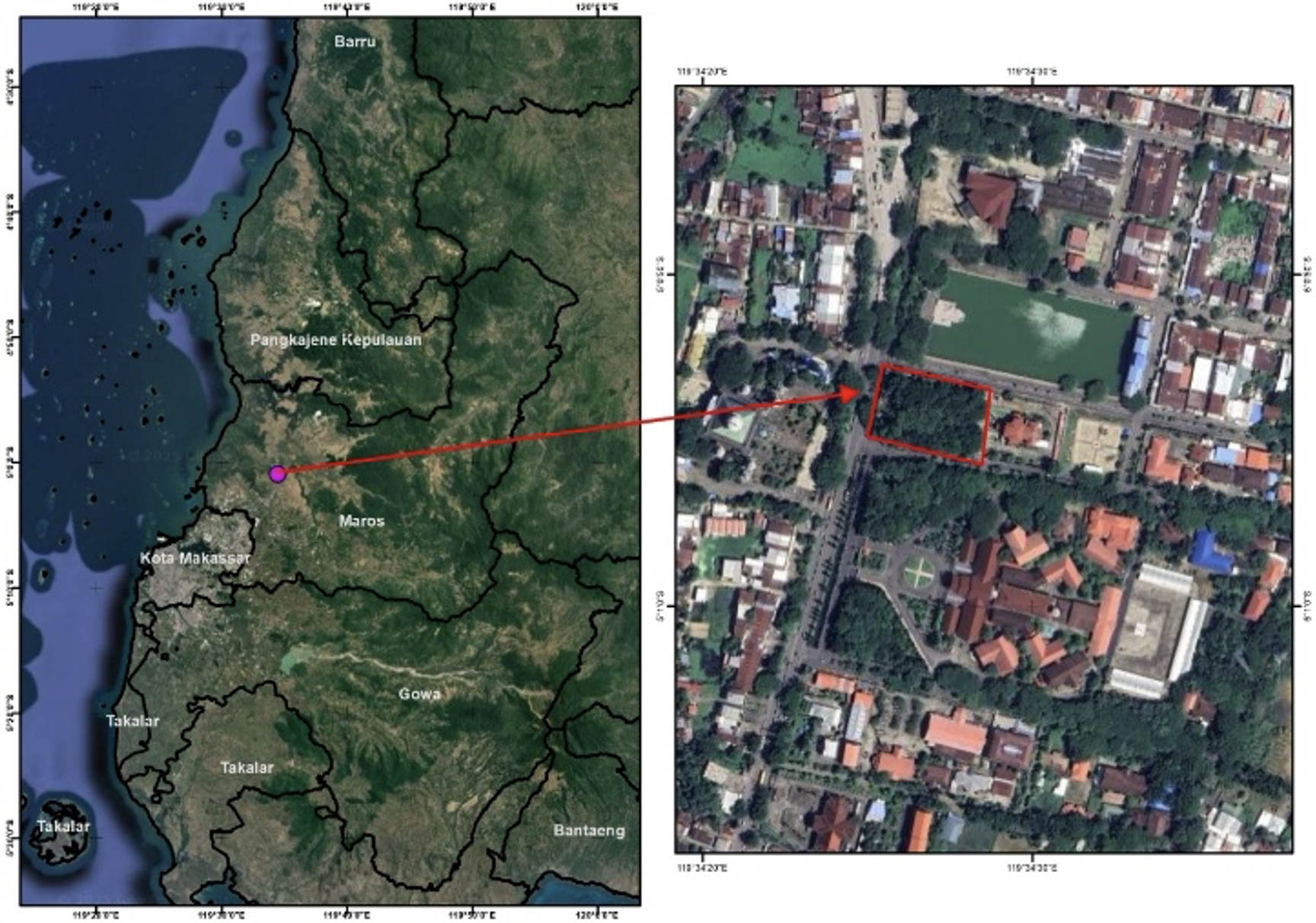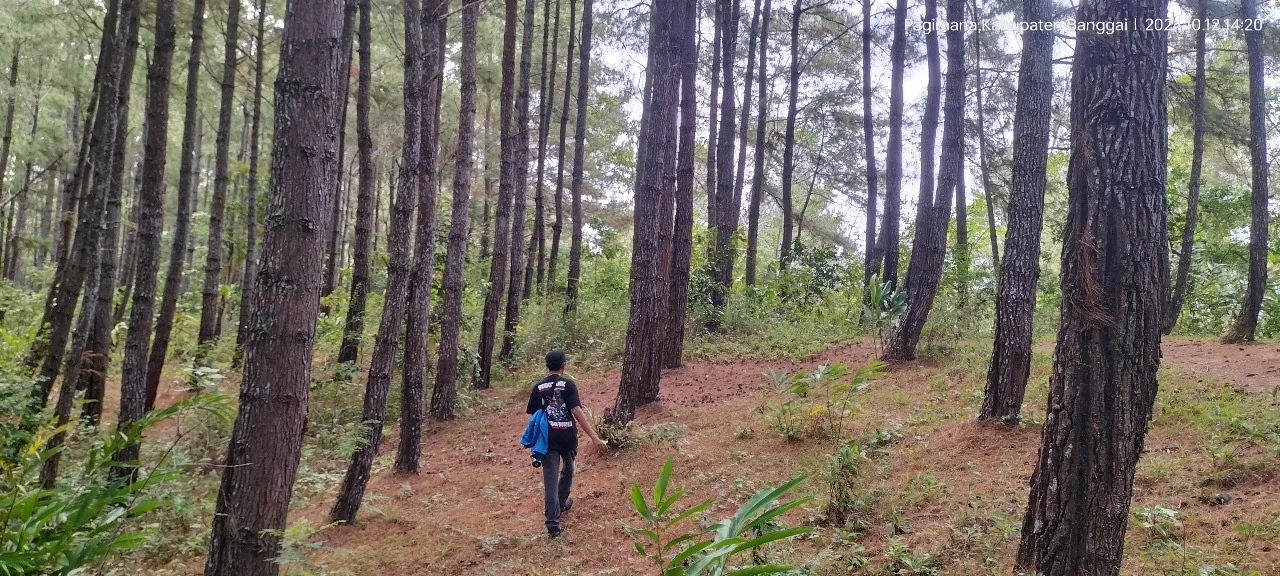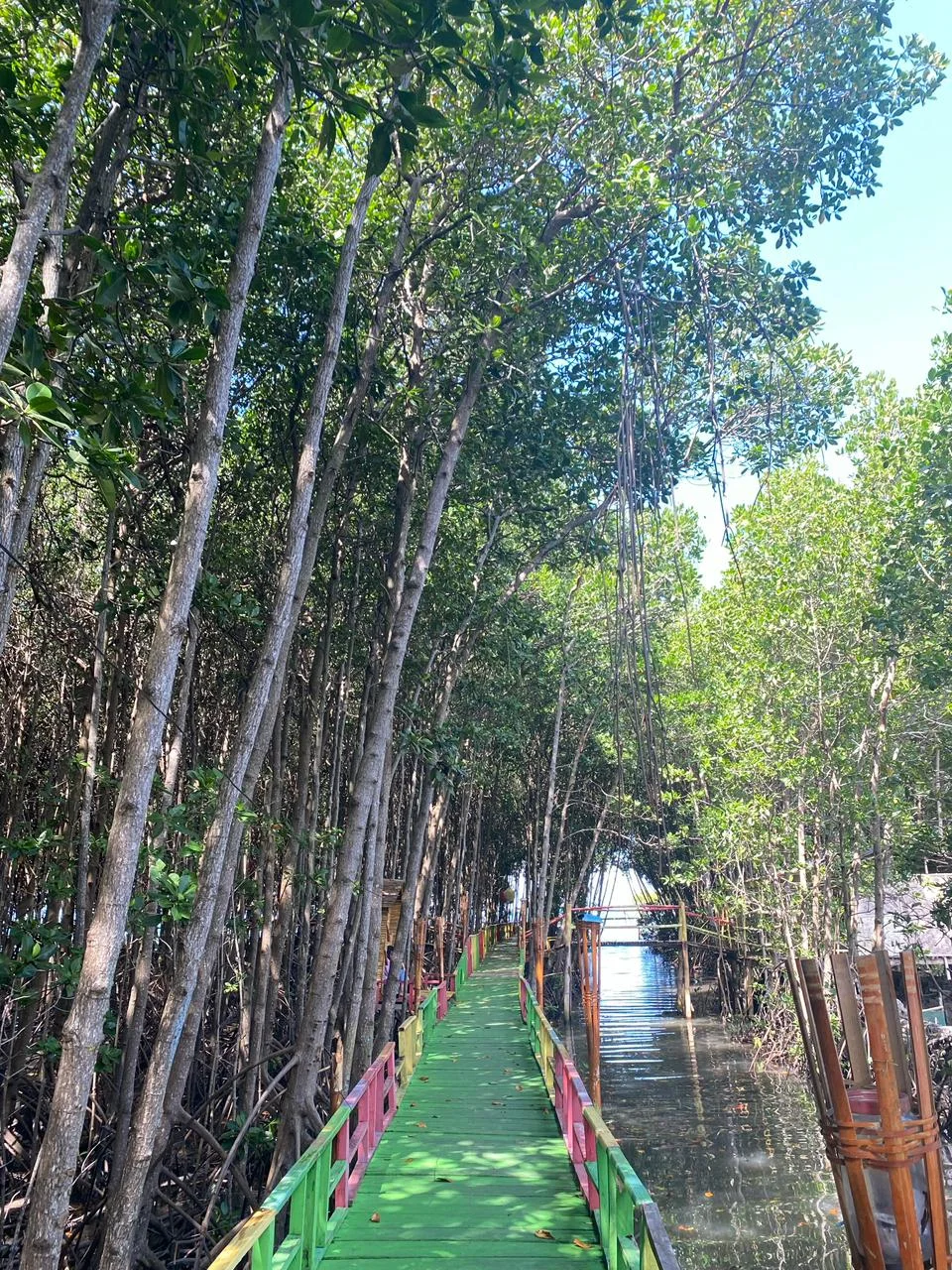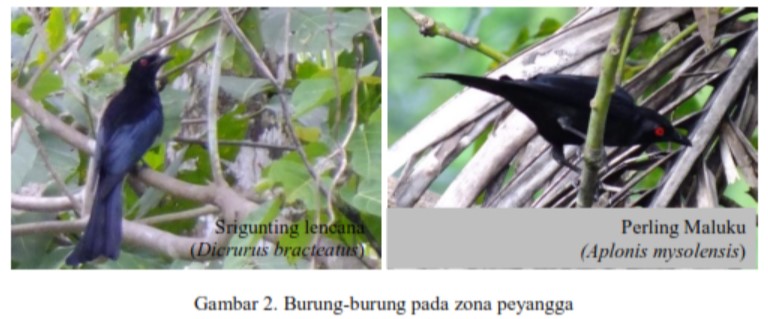Planting of Nectar Plants as Feed of Butterflies Imago in Bantimurung Bulusaraung National Park
Abstract
Bantimurung Bulusaraung National Park is a forest area designated as a conservation area in Sulawesi. The diversity of flora and the presence of unique wildlife supported by the karst ecosystem are the basis for the protection of thia area. Community presure and habitat destruction is the causes of decreasing butterfly populations. Habitat rehabilitation need to be carried out in order to maintain the butterfly population. The understanding of diversity of butterfly species and the selection of protective tree species and animal nests or food are important aspects for sustainableliyty. Most of the types of forage plants are unknown species, so an understanding of planting methods in the field is needed. The research was conducted in observing the diversity of Rhopalocera (butterfly) species as a preliminary research and planting nectar-producing plants as the main research. Research result showed that Nymphalidae family is highest in species diversity index, Nymphalidae and Papilionidae family are highest in richness index, and all famiies are lowin species dominance index and evenness index. Nimphalidae and Papilionidae family is the largest species has been found. Planting nectar plants i.e mali-mali and dao on degraded land with fertilization treatment showed the best results are 600 grams per planting hole for mali-mali and 900 grams per planting hole for dao.
الحقوق الفكرية (c) 2023 Jurnal Wasian

هذا العمل مرخص بموجب Creative Commons Attribution-NonCommercial 4.0 International License.
Copyright and License
All articles published in Wasian Journal are the property of the authors. By submitting an article to Wasian Journal, authors agree to the following terms:
-
Copyright Ownership: The author(s) retain copyright and full publishing rights without restrictions. Authors grant the journal the right to publish the work first and to distribute it as open access under a Creative Commons Attribution 4.0 International License (CC BY 4.0).
-
Licensing: Articles published in Wasian Journal are licensed under a Creative Commons Attribution 4.0 International License (CC BY 4.0). This license allows others to share, copy, and redistribute the material in any medium or format, and adapt, remix, transform, and build upon the material for any purpose, even commercially, provided that proper credit is given to the original author(s) and the source of the material

This work is licensed under a Creative Commons Attribution 4.0 International License. -
Author's Rights: Authors are permitted and encouraged to post their work online (e.g., in institutional repositories or on their website) prior to and during the submission process, as it can lead to productive exchanges and greater citation of published work.
-
Third-Party Content: If your article contains material (e.g., images, tables, or figures) for which you do not hold copyright, you must obtain permission from the copyright holder to use the material in your article. This permission must include the right for you to grant the journal the rights described above.
-
Reprints and Distribution: Authors have the right to distribute the final published version of their work (e.g., post it to an institutional repository or publish it in a book), provided that the original publication in Wasian Journal is acknowledged.
For the reader you are free to:
- Share — copy and redistribute the material in any medium or format for any purpose, even commercially.
- Adapt — remix, transform, and build upon the material for any purpose, even commercially.
- The licensor cannot revoke these freedoms as long as you follow the license terms.
Under the following terms:
- Attribution — You must give appropriate credit , provide a link to the license, and indicate if changes were made . You may do so in any reasonable manner, but not in any way that suggests the licensor endorses you or your use.
- No additional restrictions — You may not apply legal terms or technological measures that legally restrict others from doing anything the license permits.
Notices:
You do not have to comply with the license for elements of the material in the public domain or where your use is permitted by an applicable exception or limitation .
No warranties are given. The license may not give you all of the permissions necessary for your intended use. For example, other rights such as publicity, privacy, or moral rightsmay limit how you use the material.

